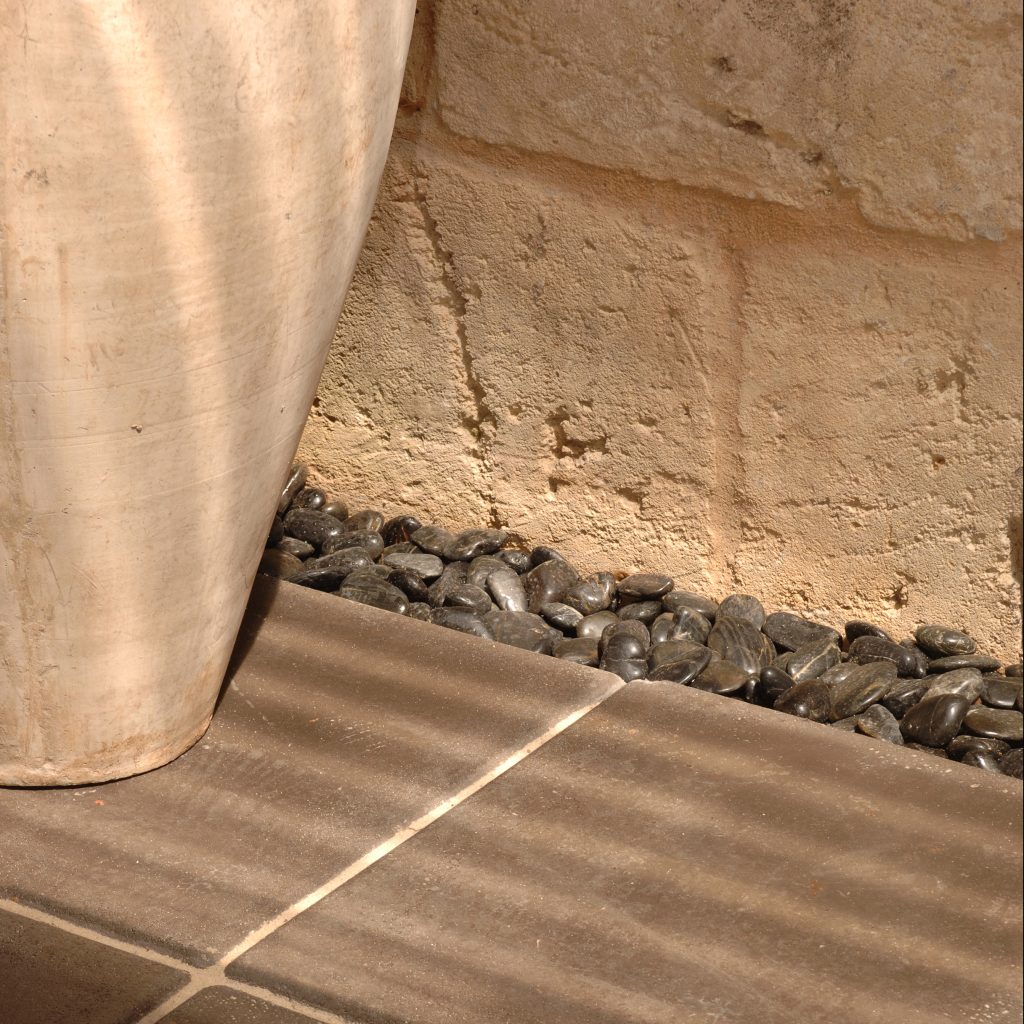8 Tips to Deal with Clay Soils
Many of the essential minerals in clay soils are unavailable to the plants because of the soil’s structure. Turning the clay over and improving it helps the clay become more friable, and allowing plants to access those minerals.
Apply the following principles and water-wise gardening techniques when dealing with clay:
- Organic materials need to be combined with soil to break it up. Try small stones (not bluestone or road base) or granite, coarse sand, compost, rotted leaf litter or animal manure (not chicken). Gypsum can also be added at a rate of 1-2 kg I square metre
- If importing topsoil, make sure it is thoroughly mixed in with the existing soil and use smaller amounts of compost so plants can adapt to the clay. Putting a plant in a hole with only imported soil is detrimental as when its roots reach the clay it will become stressed or die
- A liquid clay breaker can be used initially and then bi-annually to maintain soil structure.
- Use a mattock or garden fork to dig a really wide hole so that water won’t sit at the bottom and rot the roots of the plant. A wide hole means the water will spread out instead of concentrating at the bottom
- Make sure that the walls of the hole are rough, not smooth, as roots need several uneven surfaces to penetrate clay walls
- Clay can become dry and will crack in Summer. Keep the surface cool and moist by mulching heavily to prevent surface cracking and the subsequent ‘baking’ of the plant and its roots
- There are some plants that grow in clay soil, albeit slowly due to the challenging conditions.
- Species such as Acacia floribunda, boormanii and pravissima, Hakea salicifolia and eriantha, Leptospermum sp., Callistemon sp., Kunzea sp., Diosma sp., Melaleuca sp., Lomandra sp., Myoporum parvifolium, Pelargonium sp. and Viola hederacea will all tolerate clay soils.



